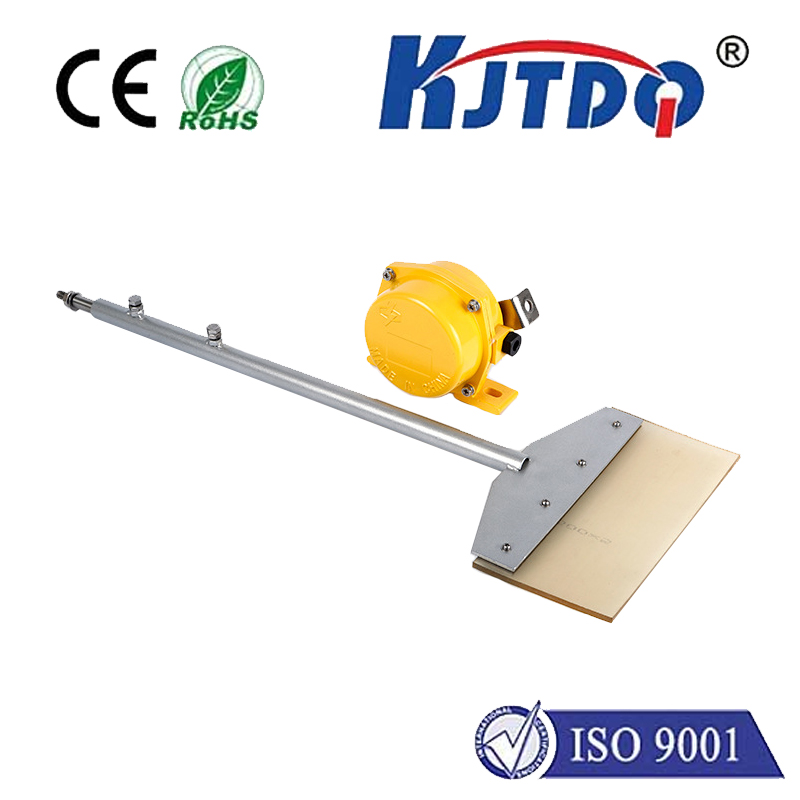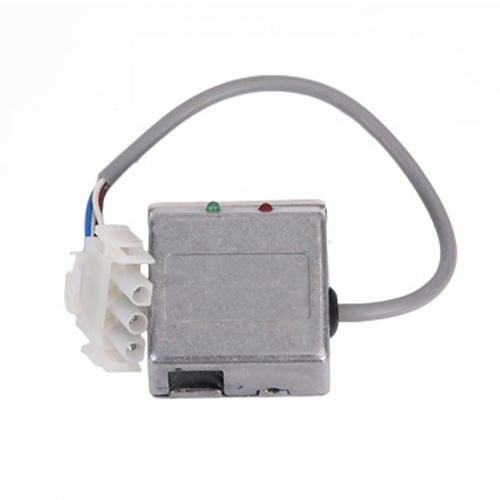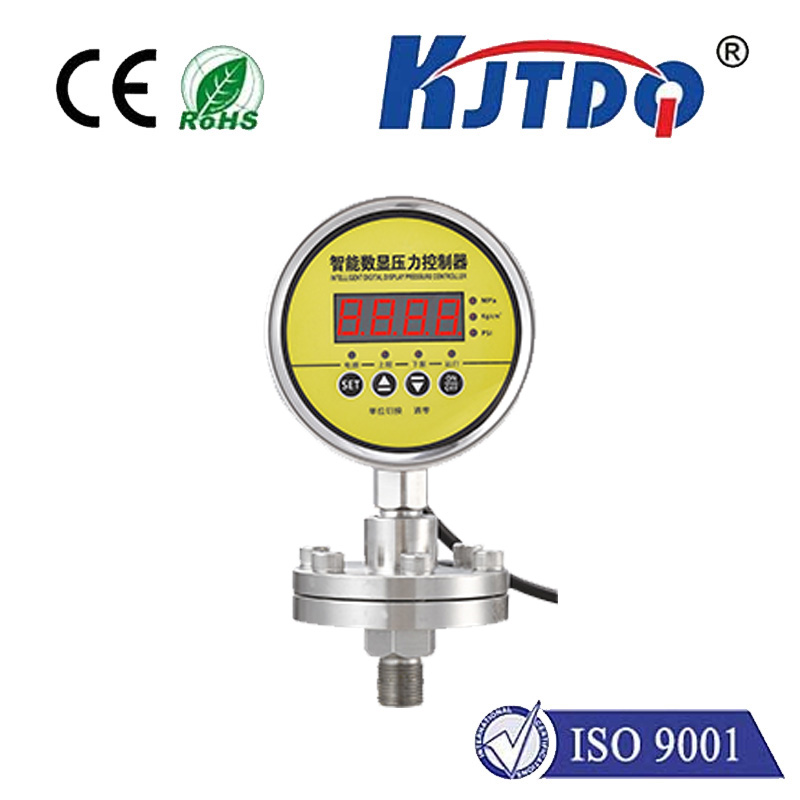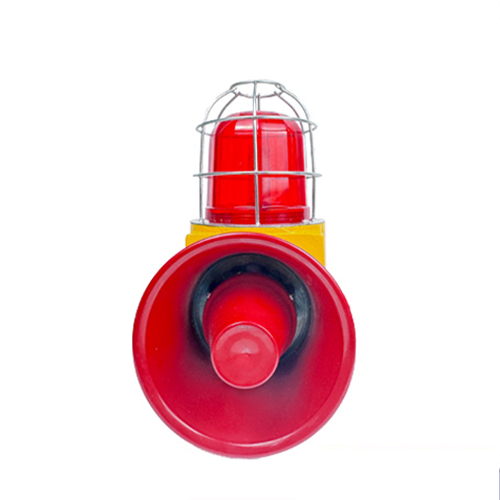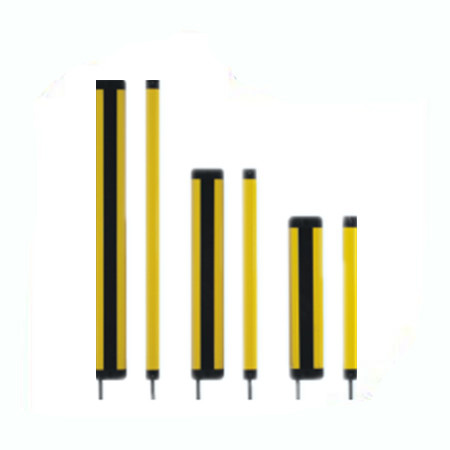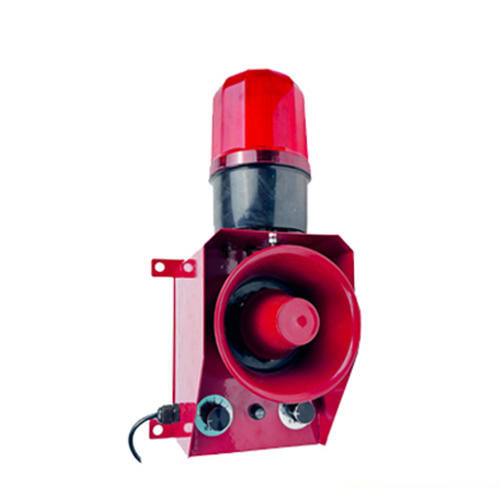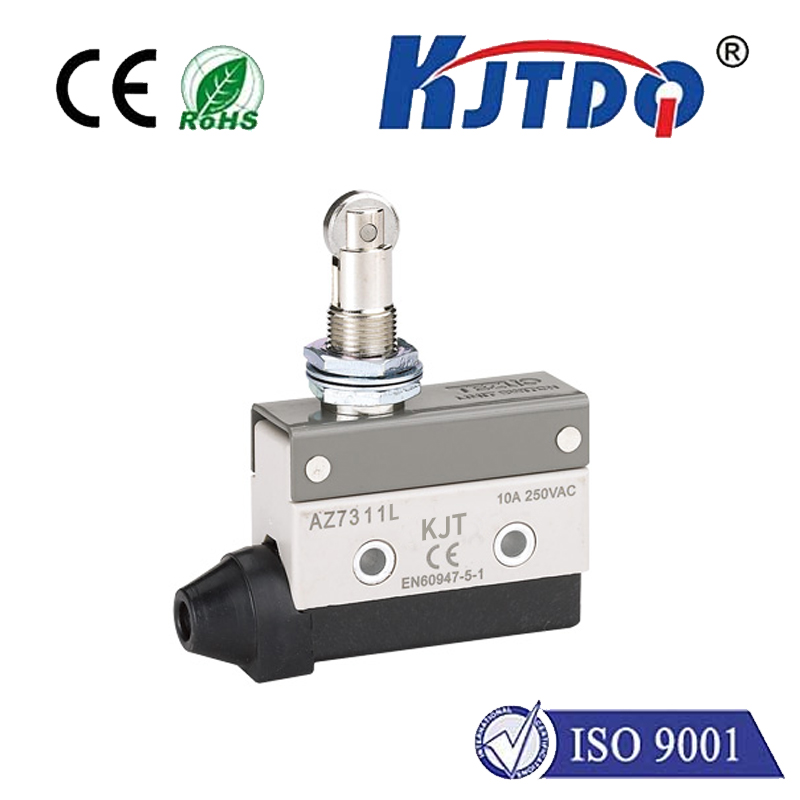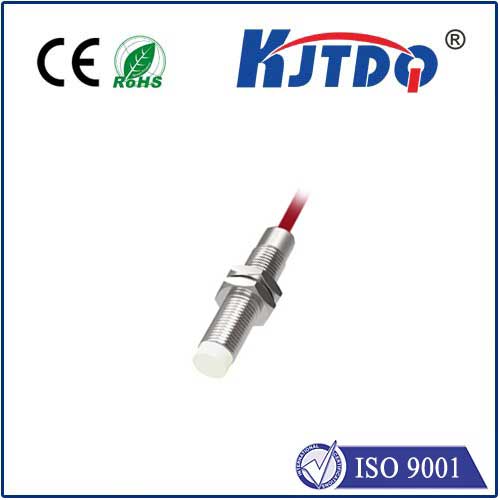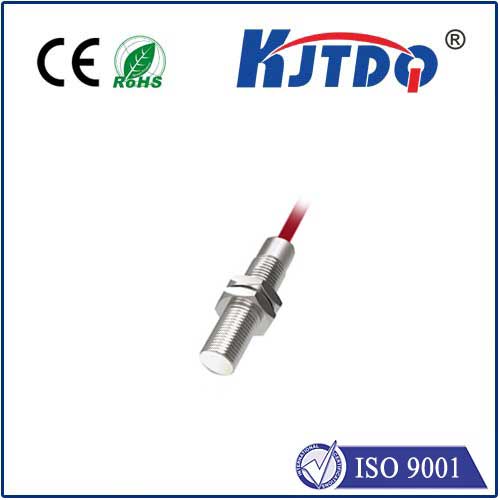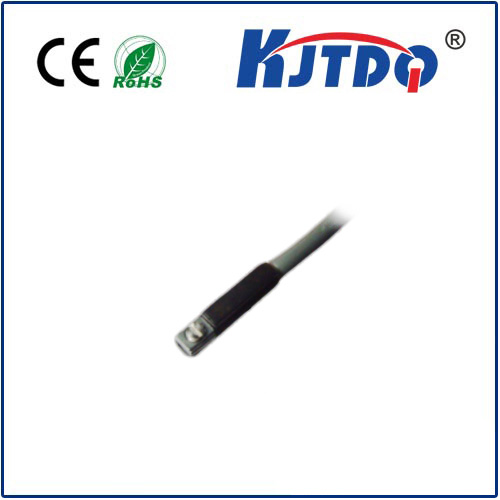30mm proximity sensor
- time:2025-06-12 20:49:51
- Нажмите:0
The Essential Guide to 30mm Proximity Sensors: Precision Detection in Automation
Stop for a moment and picture the intricate dance of a modern assembly line. Components whizzing by, robotic arms moving with uncanny accuracy, everything precisely timed. What ensures that metal part is perfectly positioned for welding? Or that the bottle cap is present before filling? Frequently, the unsung hero is the proximity sensor, and models with a 30mm detection range are among the most versatile workhorses in automation. Understanding what makes a 30mm proximity sensor tick is key to unlocking reliable, non-contact object detection in countless industrial applications.
Decoding Proximity Sensors: The Core Principle
At its heart, a proximity sensor detects the presence (or absence) of a nearby object without physical contact. This non-contact nature is revolutionary, eliminating wear and tear associated with mechanical switches and enabling incredibly fast response times – often measured in milliseconds. There are several technologies, but the most common for industrial metal detection at the 30mm range are inductive proximity sensors.
- Inductive Proximity Sensors: These sensors generate an electromagnetic field using an oscillator coil. When a ferrous (iron-based) or non-ferrous (aluminum, brass, copper) metal object enters this field, it causes detectable changes – eddy currents are induced in the metal target. The sensor’s circuitry detects these changes and triggers an output switch (typically NPN or PNP transistor). Crucially, the sensing distance is specified under standardized conditions (often an iron target of specific size) and is termed the “nominal sensing distance” or Sn. This is where the ‘30mm’ specification comes in – it signifies the reliable detection range for such a target under ideal conditions. Real-world effective range can vary slightly depending on the target material and environmental factors.
Why the 30mm Range Reigns Supreme?
The prevalence of the 30mm proximity sensor isn’t arbitrary. It strikes an exceptional balance:

- Многогранность: This range is long enough to provide practical mounting flexibility, allowing sensors to be positioned slightly away from the target path. This protects the sensor from accidental impacts and simplifies installation compared to very short-range sensors.
- Reliability: At 30mm, the sensor field is robust yet focused enough to minimize unwanted triggering from background objects or minor misalignments, offering superb noise immunity.
- Cost-Effectiveness: Widely adopted across numerous industries, sensors in this range benefit from economies of scale, making them readily available and relatively affordable parts.
- Перевозка материалов: It’s an ideal range for detecting common-sized objects on conveyor lines, robotic grippers, and machine tooling positions – typical components like brackets, fasteners, machine parts, and pallets often fall perfectly within this detection window.
Key Applications Where 30mm Proximity Sensors Shine
These sensors are indispensable across diverse sectors:
- Manufacturing & Assembly Lines: Verifying part presence/absence (e.g., engine blocks, sheet metal), monitoring conveyor position (detecting pallets or totes), confirming end-of-travel for actuators, checking tool positions on CNC machines.
- Packaging Machinery: Detecting filled containers (cans, bottles), confirming cap presence, monitoring case sealing positions, controlling gate movements.
- Перевозка материалов: Counting objects on conveyors, detecting forks on forklifts (positioning), confirming pallet presence at loading stations, monitoring bin levels (when objects are large enough).
- Автомобильная промышленность: Position sensing in engines/transmissions, robotic welding seam tracking (confirming part location), verifying component installation on assembly robots.
- Станки: Tool breakage detection (missing drill bit), monitoring spindle positions, confirming workpiece clamping.
Choosing the Right 30mm Proximity Sensor: Beyond Just Range
Selecting the optimal sensor involves more than just the nominal 30mm distance:
- Technology: Primarily inductive for metal detection. Capacitive sensors (detecting nearly any material) also come in 30mm variants but are less common for this specific range in metal-heavy industrial settings.
- Target Material: Inductive sensors have different detection factors for various metals. Ferrous metals (steel, iron) are detected at the full nominal range. Non-ferrous metals (aluminum, copper) are detected at a reduced range, often around 25-50% less than the nominal Sn. Always consult the sensor datasheet for correction factors.
- Output Configuration: NPN (sinking) or PNP (sourcing) transistor outputs? 3-wire or 2-wire versions? This must match your controller’s input requirements. Ensuring electrical compatibility is critical.
- Housing Material/Shape: Cylindrical (M8, M12, M18, M30 common threads) or rectangular/flat? Threaded barrels offer robustness and easy mounting brackets. Consider the mounting space constraints.
- Environmental Rating: Look for an IP67 or IP68 rating for resistance to dust and water ingress, essential for harsh industrial environments. Temperature range is also vital.
- Connection Type: Pre-wired cable or quick-disconnect (M12 connector being very popular)? Ease of replacement and maintenance matters.
- Repeatability: Specifies how consistently the sensor triggers at the exact same point under identical conditions. High repeatability is crucial for precision applications.
The Undeniable Advantages
The widespread adoption of 30mm proximity sensors stems from compelling benefits:
- Non-Contact Operation: Eliminates mechanical wear, ensuring long operational life and minimal maintenance.
- High Switching Speed: Capable of detecting fast-moving objects on high-speed lines.
- Environmental Resilience: Highly resistant to oil, dust, dirt, vibration, and moisture (with appropriate IP rating), unlike optical sensors that can fog or get dirty.
- Insensitive to Surface Conditions: Detects objects regardless of color or surface finish (unlike photoelectric sensors), perfect for dirty or oil-covered parts.
- Simple Installation & Setup: Typically just requires power and provides a clean digital output signal.
Integrating 30mm Sensors Effectively
Success hinges on proper installation:
- Mount Securely: Minimize vibration. Use brackets designed for the sensor housing.
- Mind the Gap: Maintain the specified sensing gap relative to the nominal range and your target material. Factor in non-ferrous correction.
- Avoid Metal Interference: Keep surrounding metal structures outside the sensor’s “active area” detailed in datasheets to prevent false triggers. Mounting flush in metal requires shielded sensors designed for it.
- Wiring Correctly: Match voltage (10-30V DC typical) and current requirements, ensuring correct polarity and proper output type (NPN/PNP). Protect cables from abrasion.
In Conclusion: A Foundation of Modern Automation
The 30mm proximity sensor is far more than just a simple switch. It’s a sophisticated, reliable component enabling the precision, speed, and reliability demanded by modern automated systems. Its balance of detection range, robustness, versatility, and cost-effectiveness makes it a fundamental building block in factories and machinery worldwide. By understanding their operating principles, key selection criteria, and best practices for installation, engineers and technicians can leverage these powerful sensors to build safer, more efficient, and highly reliable automated processes. They are the silent sentinels ensuring countless operations run smoothly, day in and day out.

